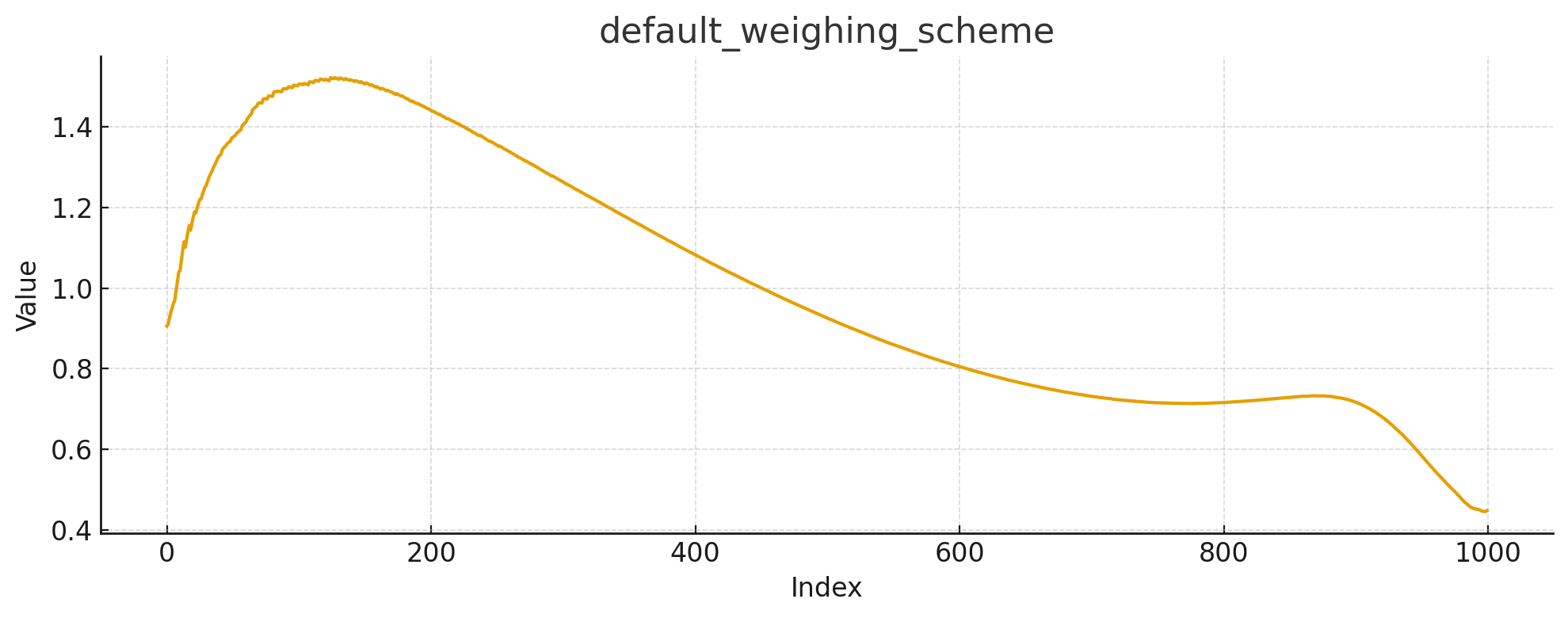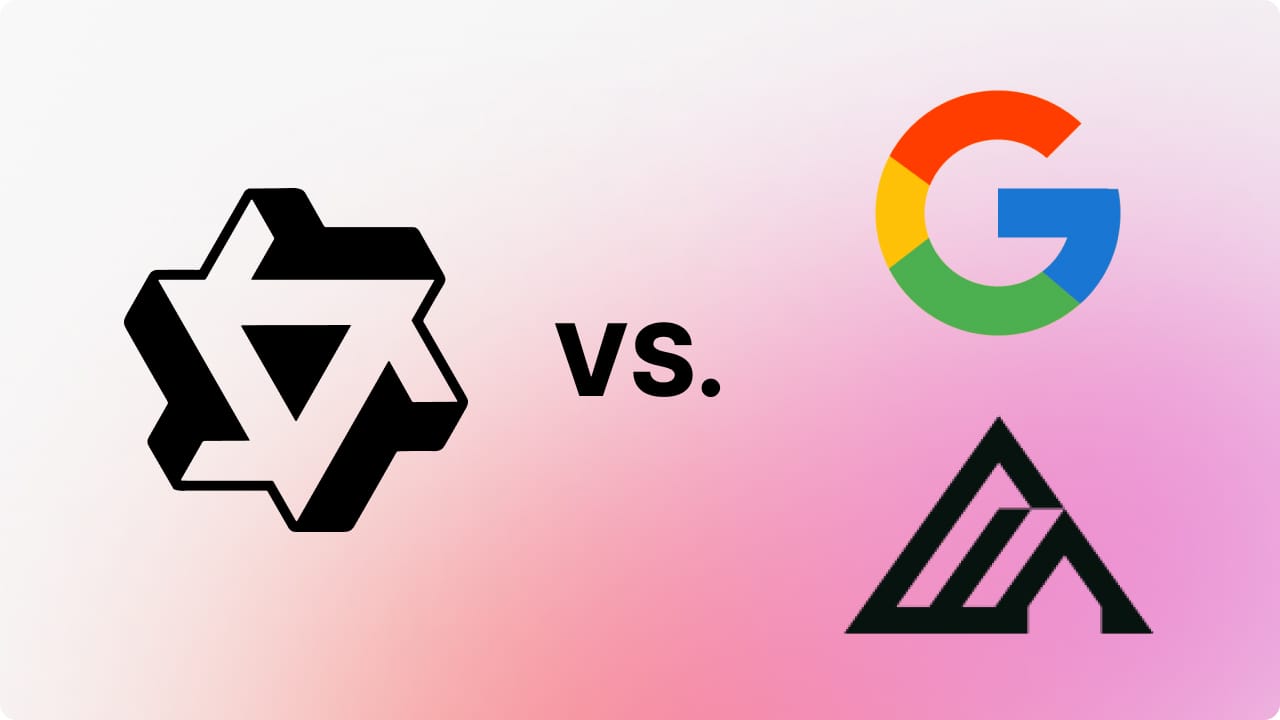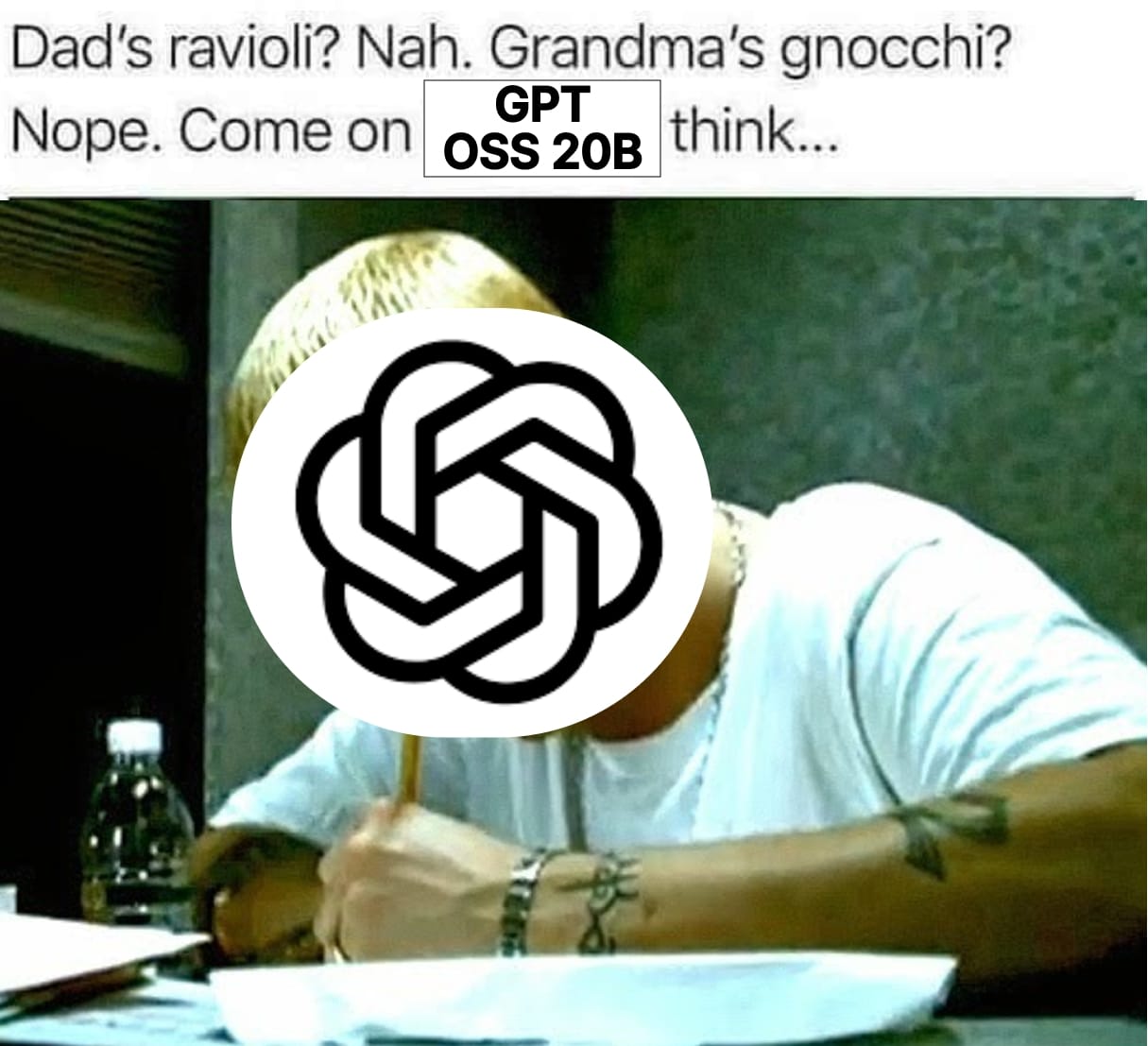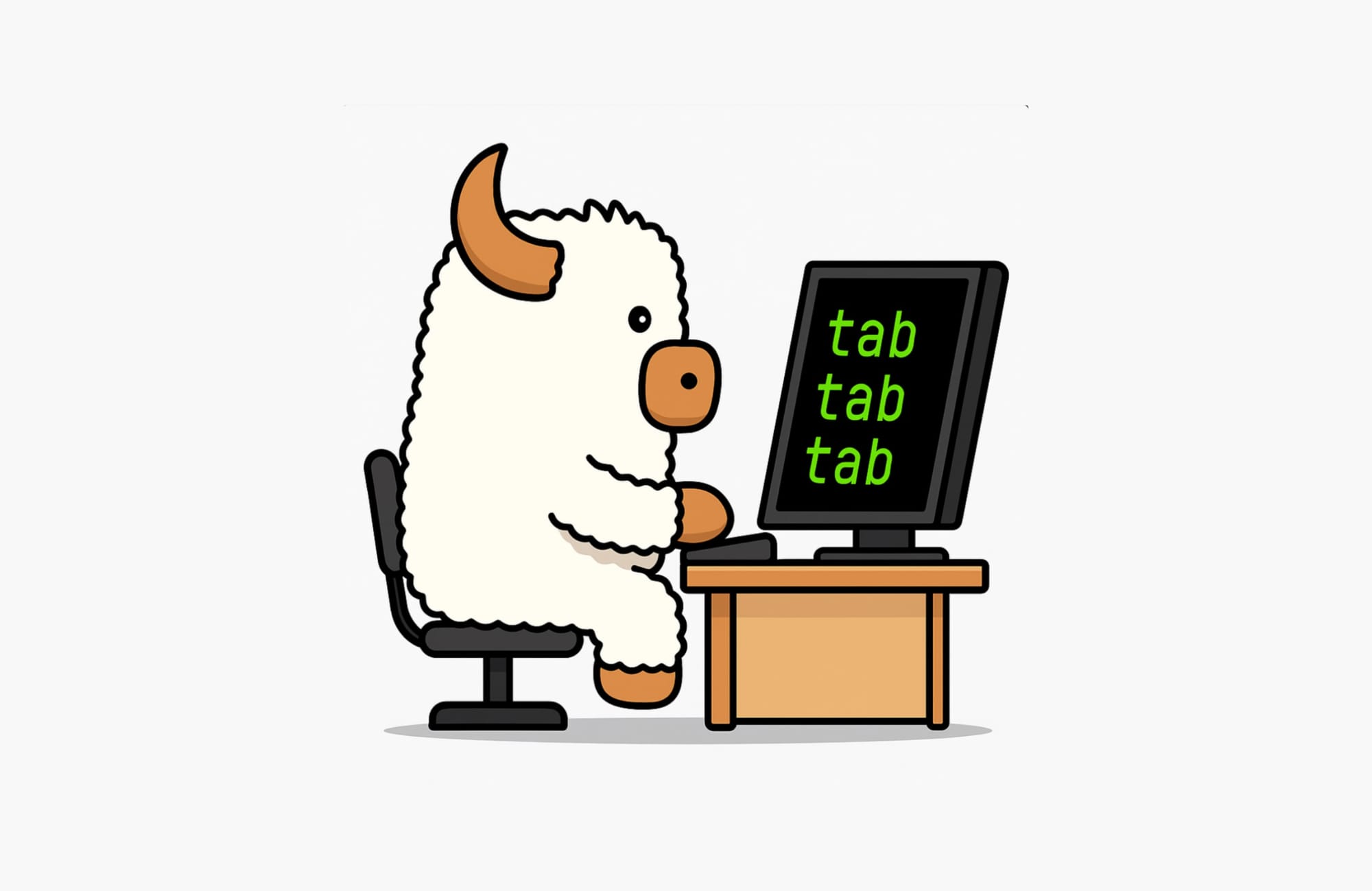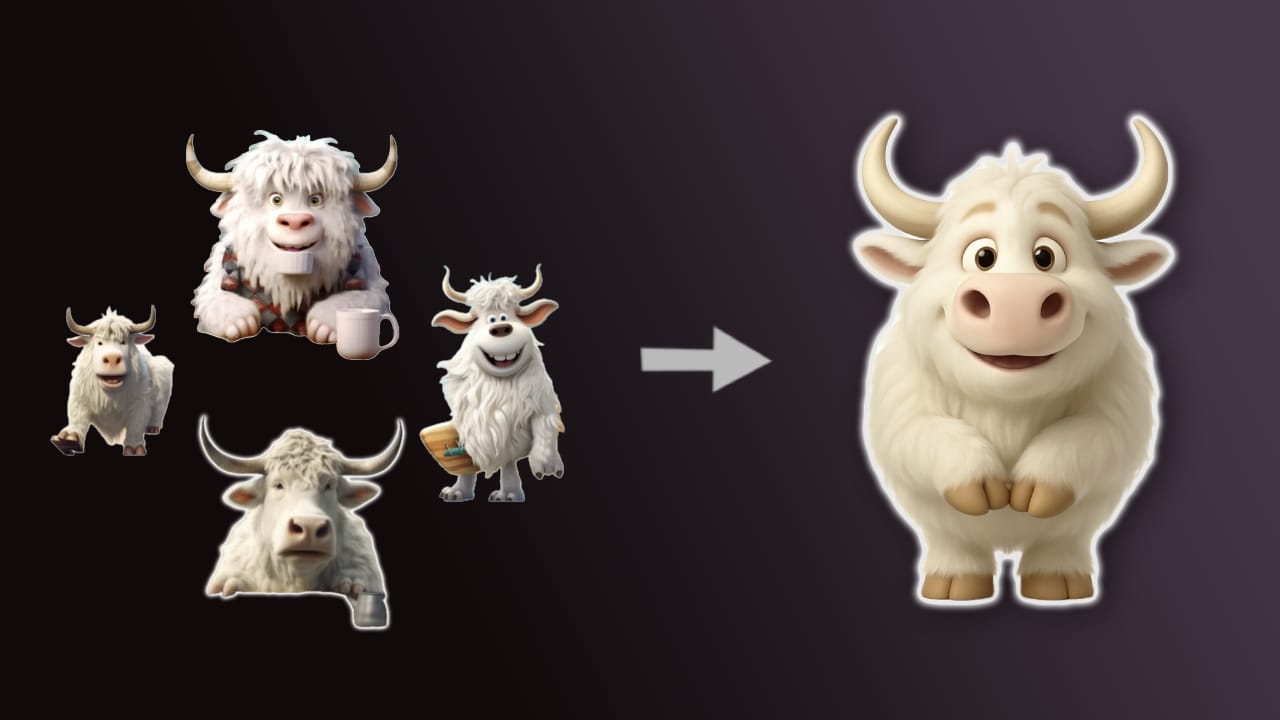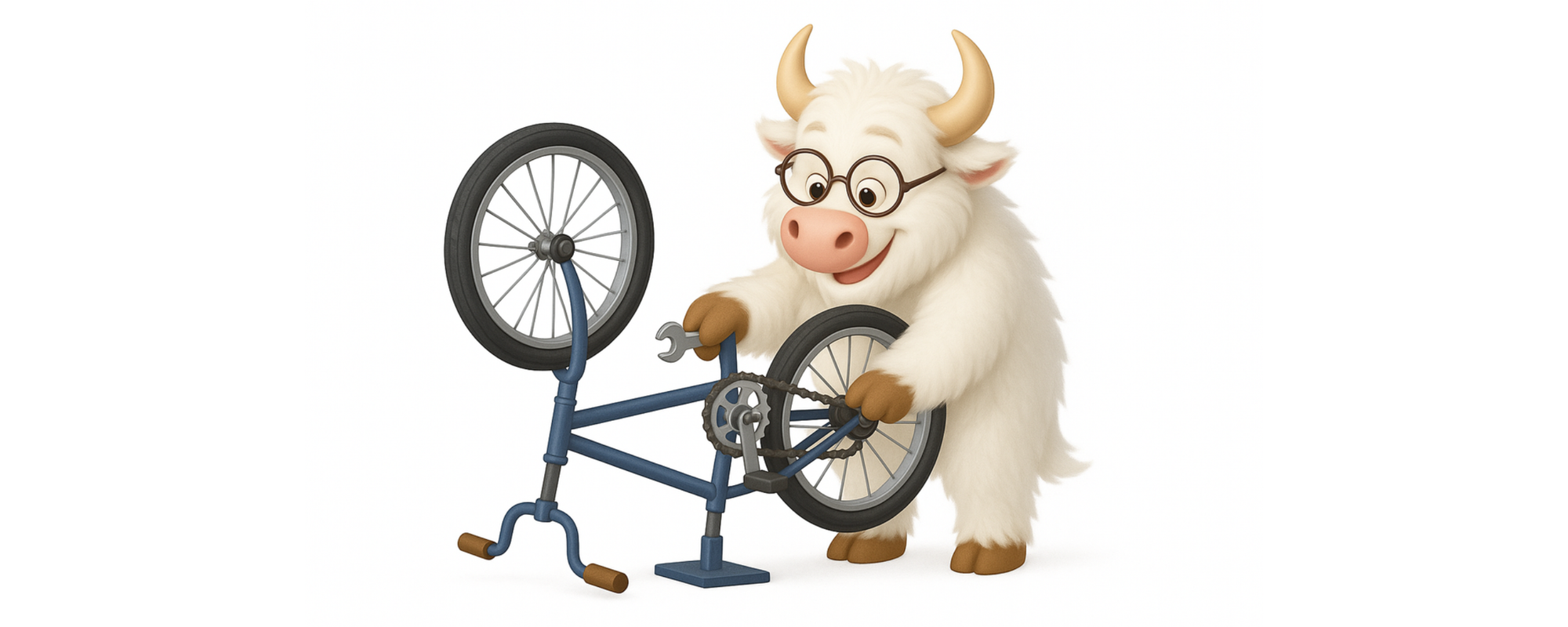Oxen.ai Blog
Welcome to the Oxen.ai blog 🐂
The team at Oxen.ai is dedicated to helping AI practictioners go from research to production. To help enable this, we host a research paper club on Fridays called ArXiv Dives, where we go over state of the art research and how you can apply it to your own work.
Take a look at our Arxiv Dives, Practical ML Dives as well as a treasure trove of content on how to go from raw datasets to production ready AI/ML systems. We cover everything from prompt engineering, fine-tuning, computer vision, natural language understanding, generative ai, data engineering, to best practices when versioning your data. So, dive in and explore – we're excited to share our journey and learnings with you 🚀
Imagine you are shooting a film and you realize that you have the actor wearing the wrong jacket in a scene. Do you bring the whole cast back in to re-shoot? Depending on the actor...

At Oxen.ai, we think a lot about what it takes to run high-quality inference at scale. It’s one thing to produce a handful of impressive results with a cutting-edge image editing m...

Fine-tuning Diffusion Models such as Stable Diffusion, FLUX.1-dev, or Qwen-Image can give you a lot of bang for your buck. Base models may not be trained on a certain concept or st...

Welcome back to Fine-Tuning Friday, where each week we try to put some models to the test and see if fine-tuning an open-source model can outperform whatever state of the art (SOTA...

OpenAI came out with GPT-OSS 120B and 20B in August 2025. The first “Open” LLMs from OpenAI since GPT-2, over six years ago. The idea of fine-tuning a frontier OpenAI model was exc...

Welcome to Fine-Tuning Fridays, where we share our learnings from fine-tuning open source models for real world tasks. We’ll walk you through what models work, what models don’t an...

FLUX.1-dev is one of the most popular open-weight models available today. Developed by Black Forest Labs, it has 12 billion parameters. The goal of this post is to provide a barebo...

Can we fine-tune a small diffusion transformer (DiT) to generate OpenAI-level images by distilling off of OpenAI images? The end goal is to have a small, fast, cheap model that we ...

Welcome to a new series from the Oxen.ai Herd called Fine-Tuning Fridays! Each week we will take an open source model and put it head to head against a closed source foundation mod...

Welcome to a new series from the Oxen.ai Herd called Fine-Tuning Fridays! Each week we will take an open source model and put it head to head against a closed source foundation mod...



